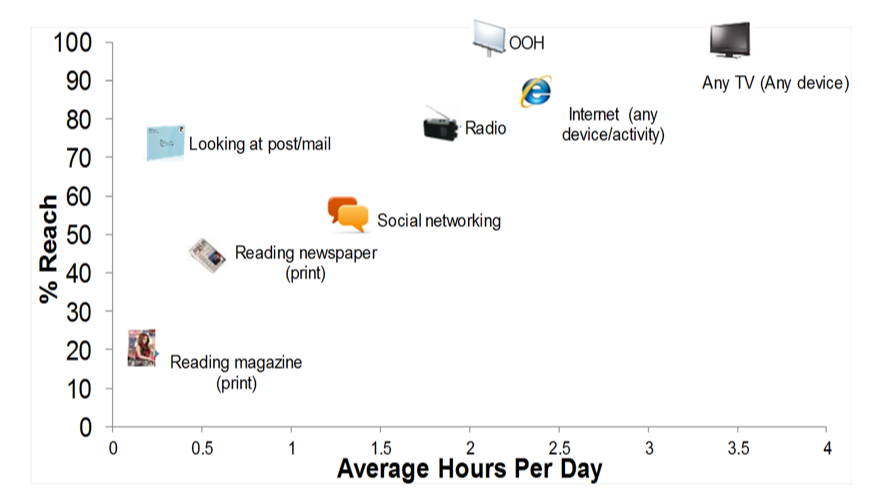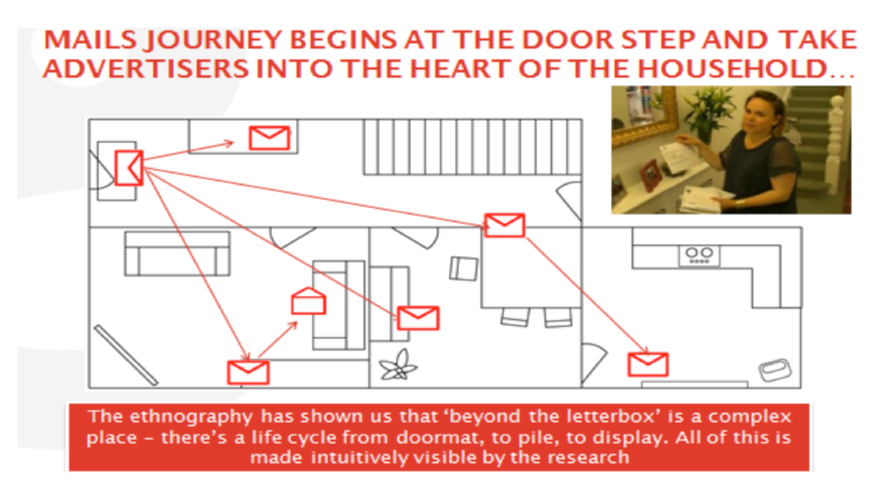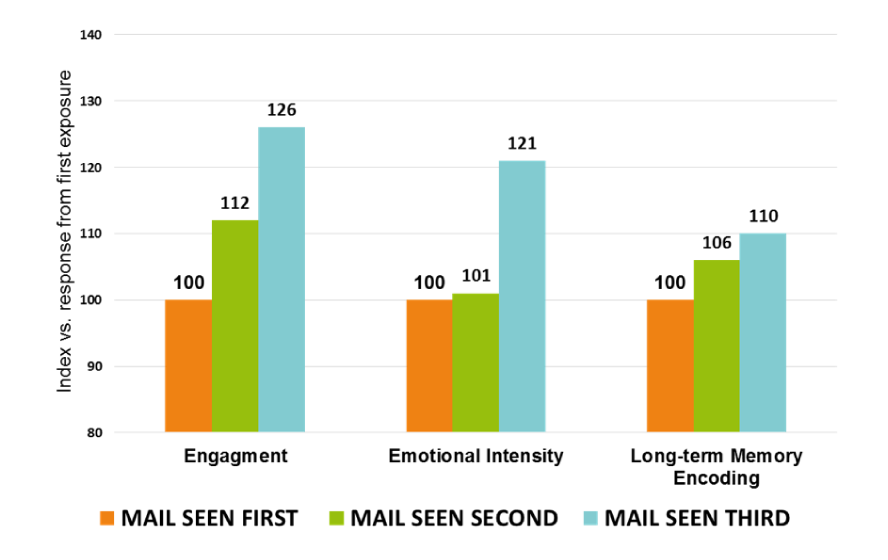The Private Life of Mail: Choosing your media channels
05 Aug 2015

The second of our series of blogs on media planning advice focuses on choosing the right media channels.
Choosing the right media channels will be essential for an effective campaign.
To recap, exploring the brief will have informed our media selection. Our target audience selection and exploration will help us understand their media consumption. A review of competitor activity will help us understand where we might make share of voice gains.
Now we need to choose media channels.
There are three more metrics that are also useful in channel selection: Reach, Dwell time and Cost per contact.
Reach and Dwell time
These metrics tell us whether our audience might be exposed to the channel we are considering, and whether they spend time with it.
Now that mail has been included in the IPA's Touchpoints tool, we can better understand how it performs on these criteria compared with other media.

According to the Royal Mail's Private Life of Mail (PLOM) research, 74% of us read our mail on a daily basis, and at 21 minutes per day, that is longer than we spend reading magazines.
Given that we receive on average 8.9 pieces of mail a week that’s a lot of attention to a few pieces of communication. If dwell time with a complex message is important then mail may have a role.
Ethnography helps explain dwell time
One of the key pieces of PLOM research was the ethnographic study that explored how mail was treated and shared once it landed on the doormat.
The key learnings were that mail tends to be sorted and opened by a household gatekeeper. She (and it’s usually a she) passes it on or prominently displays it for other household members.
On average mail stays in a household for 17 days after it is first delivered.
This sharing, and revisiting/rereading of a piece of mail helps explain why mail can command 21 minutes attention per day.

Which might have an impact on the advice we give creative teams
If ethnography tells us that mail is sorted, opened and read, and then displayed and later reread this should inform the briefs we give to creative teams.
We might consider the need for:
- An initial headline to ensure the pack is opened
- Engaging copy to ensure the pack is read
- A poster-like image to command attention and encourage rereading
And may help with cost perceptions
Mail can often be thought of as an expensive medium in cost per thousand terms. Prices including production are in the hundreds of pounds per thousand, much higher than broadcast media.
However, as the frequency of reading a mail piece is not currently measured by any media Joint Industry Committee we underestimate the value of the channel. If we assume that mail is read and shared several times during its 17 days in a household then mail will deliver a cost per reader much lower than its cost per delivered item.
Definition of a role for each channel
Once we have selected our channels we need to define a role for each of them. When thinking about the role mail might best play, the neuroscience research part of from PLOM is useful.
Mail touches people, which creates an emotional intensity that other media do not offer. We can see in the graph below that when Mail follows TV and email its engagement, emotional intensity and long term memory encoding are all amplified. Therefore holding mail back until after other media have been launched can aid response and build brand assets.

In the third blog of our series I’ll be looking at measuring the effectiveness of campaigns and why this is an essential part of the marketing process.
Read part 1 of this series, The Private Life of Mail: Media Planning advice
Read part 3 of this series, The Private Life of Mail: Measuring advertising mail
Watch part 4 of this series, The Private Life of Mail: Top tips for media planners
Please login to comment.
Comments